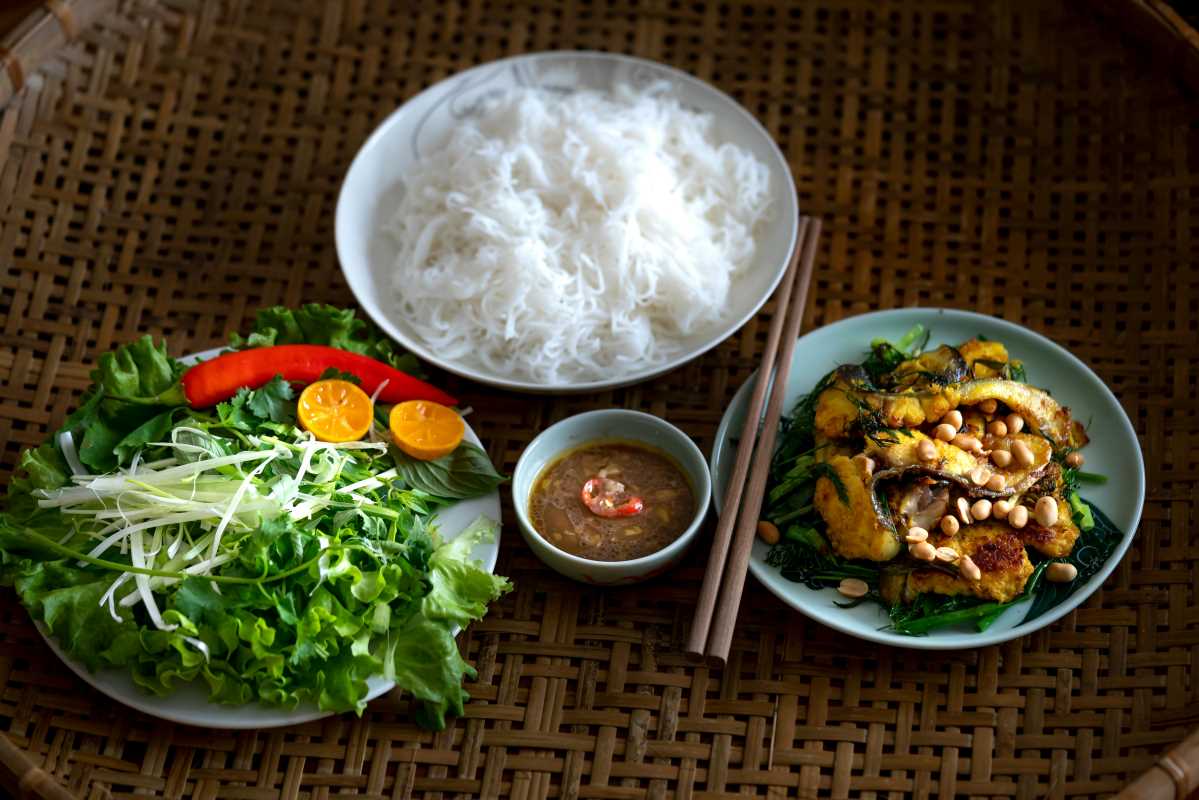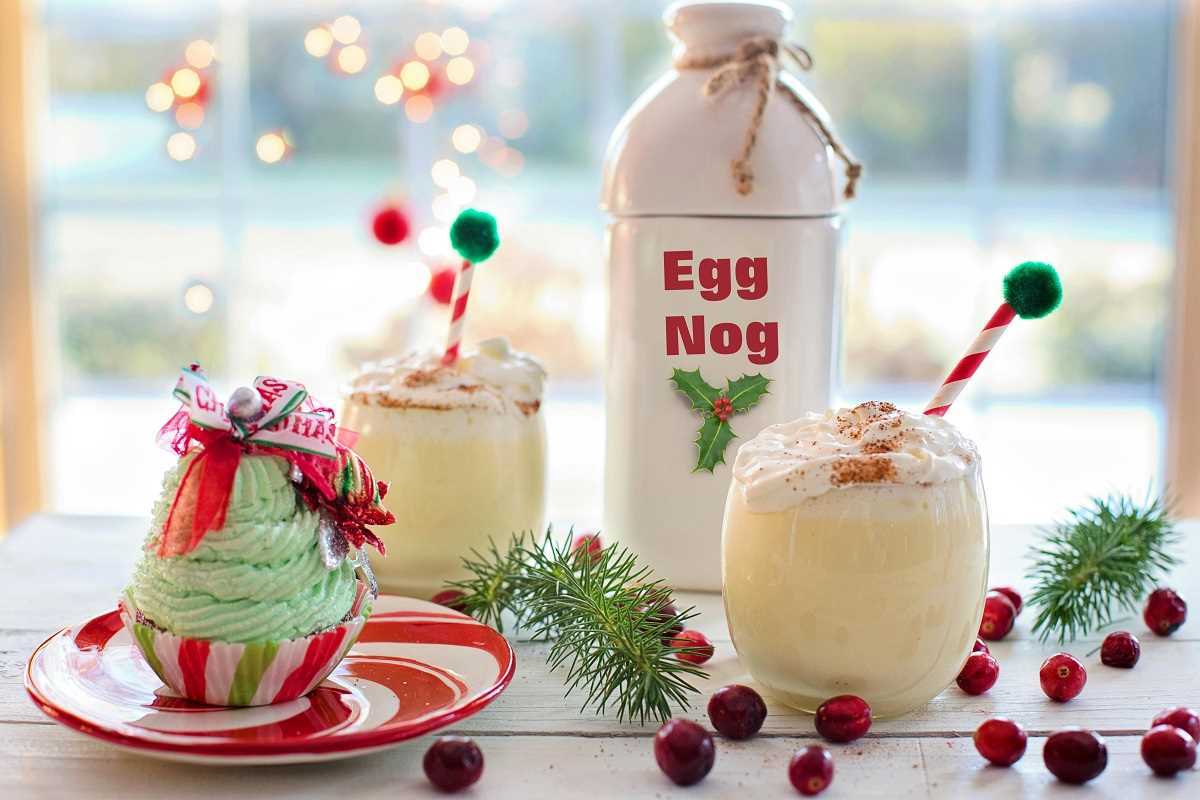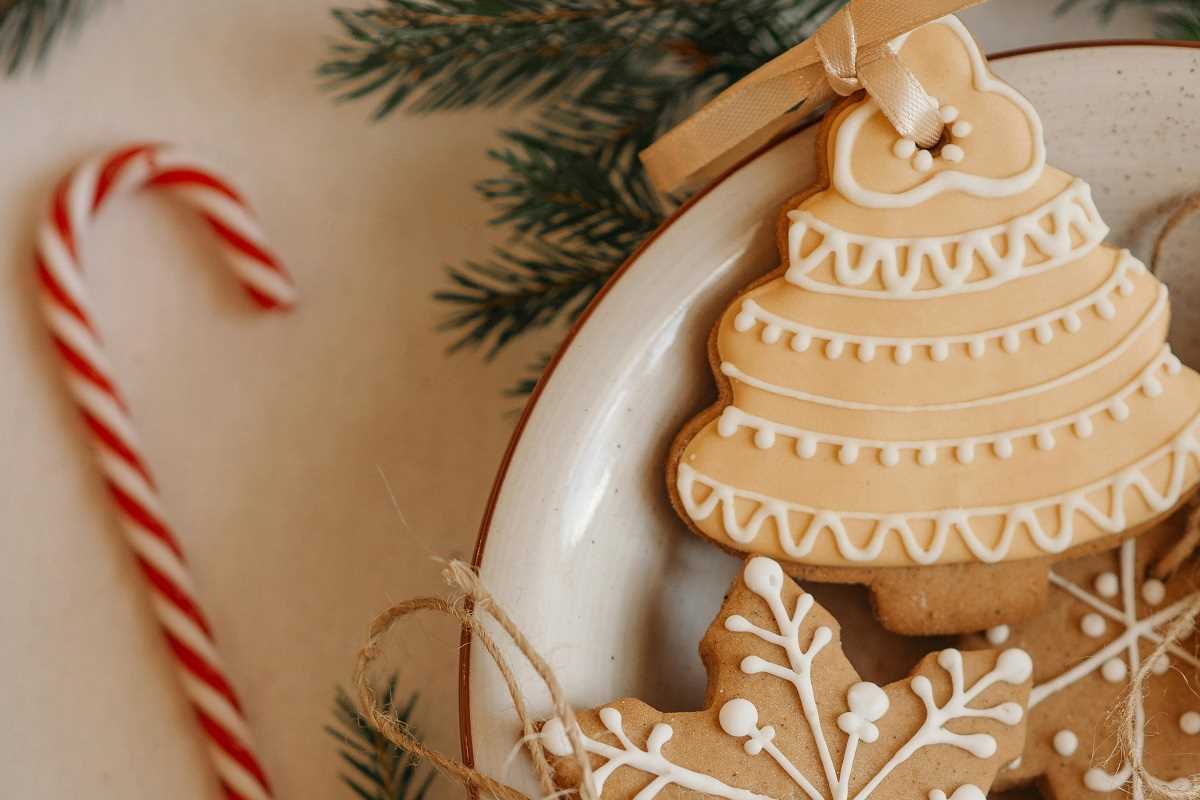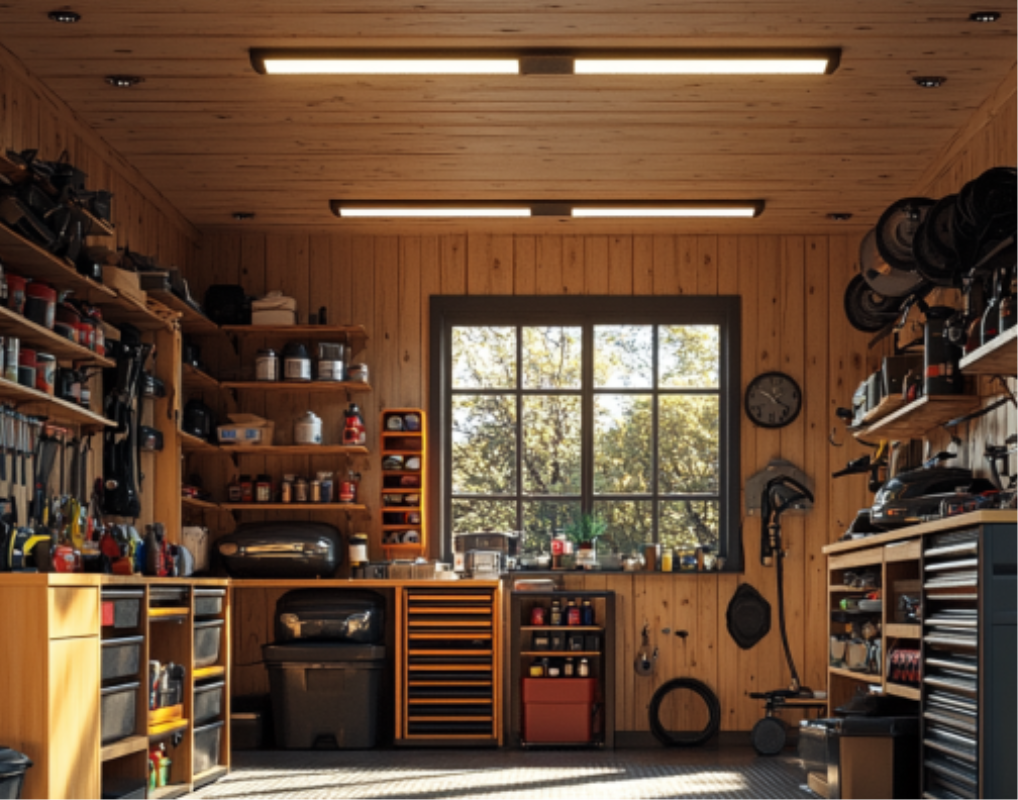Leftovers can sometimes feel like a burden. That container of roasted chicken or bowl of plain rice sitting in the fridge might not look thrilling, but with a little creativity, they can transform into new, delicious meals. Best of all, repurposing leftovers cuts down on waste, saves time, and means less cooking from scratch. Here’s how you can turn common leftovers into satisfying meals without breaking a sweat.
1. Roasted Chicken – Endless Possibilities
Got leftover roasted chicken? It’s one of the most versatile leftovers to have on hand. Here are a few simple ideas:
Chicken Salad
- Shred the chicken and toss it with mayonnaise, a squeeze of lemon, and a handful of chopped celery, onion, or apples for sweetness. Serve it on bread, crackers, or lettuce wraps for an effortless lunch.
Easy Quesadillas
- Take a tortilla, sprinkle on shredded chicken and cheese, and fold it in half. Toast it in a skillet for a crispy, gooey snack or dinner. Add salsa, sour cream, or guacamole for extra flavor.
Chicken Stir-Fry
- Sauté leftover chicken with some veggies and soy sauce. Serve it over rice or noodles for a quick, homemade stir-fry.
Hearty Chicken Soup
- Toss the chicken into some broth with carrots, celery, and noodles or rice for a comforting bowl of homemade soup.
2. Rice – Reinvented and Delicious
Plain rice can be so much more than a bland side dish. Use it as the base for these crowd-pleasers:
Fried Rice
- Cold, leftover rice is ideal for fried rice. Heat a little oil in a pan, scramble an egg, then add the rice along with soy sauce, garlic, and any leftover veggies or protein. It’s a quick one-pan meal that’s endlessly customizable.
Stuffed Bell Peppers
- Mix the rice with chopped veggies, cheese, and a bit of tomato sauce. Spoon the mixture into hollowed-out bell peppers and bake until the peppers are tender.
Rice Bowls
- Use rice as the base and top it with whatever you have—chicken, beans, avocado, spinach, or even a fried egg. Drizzle with your favorite dressing or sauce, and you’ve got lunch in minutes.
3. Pasta – Start Fresh with a Twist
Got plain pasta hanging around? No problem. Try these time-saving recipes:
Pasta Bake
- Toss your leftover pasta with a jar of marinara or Alfredo sauce, mix in some shredded mozzarella, and bake until bubbly. You can add any leftover meat or chopped veggies for extra substance.
Pasta Salad
- Turn cold pasta into a fresh pasta salad by mixing it with olive oil, a splash of vinegar, and whatever you’ve got—cherry tomatoes, cucumbers, olives, or a sprinkle of Parmesan. Perfect as a side dish or light meal.
One-Pan Skillet Meal
- Heat your pasta in a skillet with a little butter, garlic, and a handful of frozen peas or spinach. Sprinkle in some grated cheese for a quick, no-fuss meal.
4. Vegetables – A New Life
Don’t toss those roasted or steamed veggies! With just a little love, they can become a star ingredient:
Veggie Soup
- Add your leftover vegetables to a pot of broth and season with herbs, garlic, or spices. Blend some for a creamy texture or keep it chunky for a hearty, rustic feel.
Veggie Frittata
- Beat some eggs, toss in the veggies, and pour the mixture into a hot, oven-safe skillet. Cook on the stovetop until the edges set, then bake until the top is firm. A frittata works for breakfast, lunch, or dinner.
Veggie-Packed Grain Bowls
- Add roasted veggies to cooked quinoa, couscous, or another grain, then dress with olive oil and lemon juice. It’s a quick and nutritious meal or side dish.
Homemade Pizza Toppings
- Use leftover veggies as toppings for a homemade pizza. Whether you’re working with a pre-made crust, flatbread, or even a tortilla, it’s a fun and creative way to use up those odds and ends.
Why Leftovers Are Your Secret Weapon
Repurposing leftovers doesn’t just make life easier—it also helps reduce food waste and saves money. When you look at those leftovers as a base for your next masterpiece, they stop being “leftovers” and start being time-savers. Plus, since the hard part (cooking) is mostly done, you can whip up these ideas in no time.
Cooking smarter, not harder, is the key to enjoying meals with less effort. Before you toss food, take a second look—it might just be the perfect start to something new and delicious. All it takes is a bit of imagination and a well-stocked spice cabinet to bring those leftovers back to life! Happy transforming!
When to Throw Leftovers Out
Leftovers are a wonderful way to save time and reduce waste, but it’s essential to know when to part ways with them for your safety. Here are some guidelines on how long common leftovers can safely stay in the fridge and when it’s time to toss them out:
How Long Leftovers Last:
Cooked Meats
- Leftover chicken, beef, or pork can generally last 3 to 4 days in the fridge. If you haven’t eaten it by then, it’s best to discard it.
Cooked Rice and Pasta
- These staples can stay fresh for about 3 to 5 days if stored in an airtight container. However, watch for signs of spoilage like a sour smell or slimy texture, as they can harbor bacteria if kept too long.
Cooked Vegetables
- Most cooked veggies are good for 3 to 4 days, so use them in soups, stir-fries, or grain bowls before they reach their limit.
- Soups and Stews
- Leftover soups, especially those made with meat or broth, are safe for about 3 to 4 days in the fridge. Freeze them if you want to keep them longer.
Signs It’s Time to Toss:
If you’re unsure whether something is still edible, look out for these clear signs of spoilage:
"Off" Smells
- A sour, rancid, or otherwise off smell is a telltale indicator that your leftovers are no longer safe to eat.
Mold
- If you spot mold (even just a small patch), it’s better to toss the entire container. Mold can have roots that spread unseen under the surface.
Unusual Texture
- If cooked rice feels slimy or chicken has developed a strange film, don’t risk it—throw it out.
Discoloration
- Any unusual color, like grayish meat or veggies that have darkened significantly, is a good sign that the food has gone bad.
Pro Tip – Label with Dates
To make tracking freshness easier, label leftovers with the date you stored them. Use masking tape or a small sticky note on the container so you won’t have to guess how old something is. This small habit can save you from having to sniff-test every container in the fridge!
When in doubt, remember this golden rule—if it looks, smells, or feels off, it’s better to be safe than sorry. Prioritize your health by keeping an eye on the freshness of your leftovers and enjoy them at their peak!
 (Image via
(Image via





